 Creative Commons Attribution 3.0 IGO license (CC BY 3.0 IGO)
Creative Commons Attribution 3.0 IGO license (CC BY 3.0 IGO)2018 Asian Development Bank
6 ADB Avenue, Mandaluyong City, 1550 Metro Manila, Philippines
Tel +63 2 632 4444; Fax +63 2 636 2444
www.adb.org
Some rights reserved. Published in 2018.
ISBN 978-92-9261-434-8 (print), 978-92-9261-435-5 (electronic)
Publication Stock No. TIM189716-2
DOI: http://dx.doi.org/10.22617/TIM189716-2
The views expressed in this publication are those of the authors and do not necessarily reflect the views and policies of the Asian Development Bank (ADB) or its Board of Governors or the governments they represent.
ADB does not guarantee the accuracy of the data included in this publication and accepts no responsibility for any consequence of their use. The mention of specific companies or products of manufacturers does not imply that they are endorsed or recommended by ADB in preference to others of a similar nature that are not mentioned.
By making any designation of or reference to a particular territory or geographic area, or by using the term country in this document, ADB does not intend to make any judgments as to the legal or other status of any territory or area.
This work is available under the Creative Commons Attribution 3.0 IGO license (CC BY 3.0 IGO) https://creativecommons.org/licenses/by/3.0/igo/. By using the content of this publication, you agree to be bound by the terms of this license. For attribution, translations, adaptations, and permissions, please read the provisions and terms of use at https://www.adb.org/terms-use#openaccess.
This CC license does not apply to non-ADB copyright materials in this publication. If the material is attributed to another source, please contact the copyright owner or publisher of that source for permission to reproduce it. ADB cannot be held liable for any claims that arise as a result of your use of the material.
Please contact if you have questions or comments with respect to content, or if you wish to obtain copyright permission for your intended use that does not fall within these terms, or for permission to use the ADB logo.
Notes:
In this publication, $ refers to United States dollars.
Corrigenda to ADB publications may be found at http://www.adb.org/publications/corrigenda.
Cover photo: Women at work. A road marker underscores womens labor participation as Tita Limbudan Sam (right), a volunteer of Kapit-Bisig Laban sa Kahirapan Comprehensive and Integrated Delivery of Social Services-National Community-Driven Development Program, leads fellow volunteers in the concreting of a 240-linear meter barangay road in Centro Barangay Little Baguio, Malita, Davao Occidental, Philippines.
The program created more opportunities for womens participation in livelihood and community development. As of 30 August 2018, 464,329 of 787,149 total laborers in community subprojects are women who received 610 million in wages (photo by Julie Ace B. Ramos, Department of Social Welfare and Development).
ACKNOWLEDGMENTS
This study was prepared under the Asian Development Banks Technical Assistance on Enhancing Capacities for the Kapit-Bisig Laban sa KahirapanComprehensive and Integrated Delivery of Social Services National Community-Driven Development Project (KCNCDDP), financed by the Japan Fund for Poverty Reduction. Rikard Elfving, senior social sector specialist, Human and Social Development Division (SEHS), Southeast Asia Department; Karin Schelzig, principal social sector specialist (now at East Asia Department); and Yukiko Ito, senior social development specialist, Sustainable Development and Climate Change Department, provided guidance on the conduct of the study in close coordination with Joven Valenzuela, program evaluation specialist at the KC-NCDDP National Program Management Office (NPMO) of the Department of Social Welfare and Development.
Lourdes Cresencio-Turiano, gender and development consultant, with Melanie Sison, co-researcher, conducted the study and prepared this report. The NPMO Monitoring and Evaluation (M&E) Unit headed by Abigail dela Cruz supported the conduct of study by providing data from its project information management system and coordinating research activities at the national level, which were facilitated by Celia Fatima De Jesus, M&E officer. The assessment incorporated the insights and inputs from NPMO staff, local government units, and area coordinating teams in the municipalities of Juban and Casiguran in Sorsogon during focus group discussions and interviews. Special thanks are extended to the community volunteers in the two municipalities, particularly the five women who willingly shared their stories: Mariflor Anorne, Ruthzinae Dig, Maria Theresa Ferreras, Irma Gumal, and Eva Hamocin. The Regional Program Management Office in the Bicol Region organized and coordinated the fieldwork in the two municipalities.


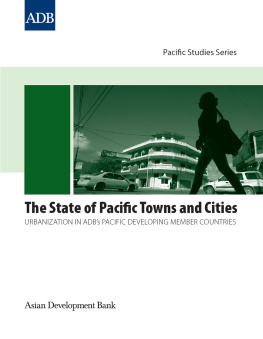

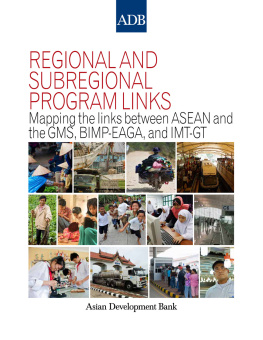
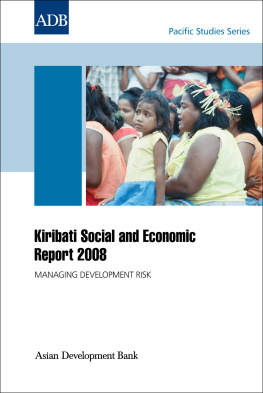
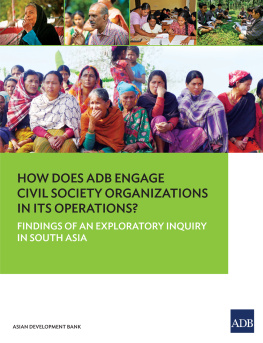
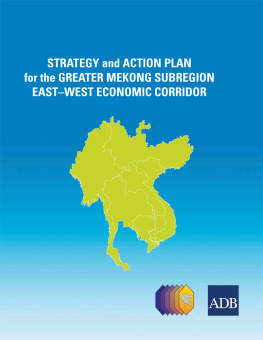

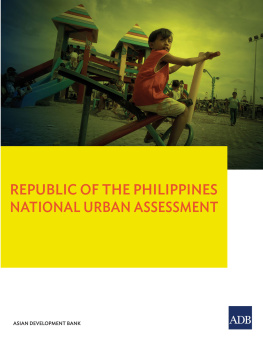


 Creative Commons Attribution 3.0 IGO license (CC BY 3.0 IGO)
Creative Commons Attribution 3.0 IGO license (CC BY 3.0 IGO)